Description
Material Composition of Red Bricks:
Red bricks are primarily crafted from clay, a versatile material molded into shape and then fired in a kiln for hardening. The distinct red color of these bricks arises from the iron content naturally present in the clay.
Types of Red Bricks:
Red bricks come in various types to cater to different construction needs. These include solid bricks, perforated bricks, and hollow bricks. The selection depends on the specific requirements of the construction project.
Applications of Red Bricks:
Red bricks find application in a wide range of construction projects, encompassing residential, commercial, and industrial buildings. They serve purposes in both load-bearing and non-load-bearing walls.
Durability of Red Bricks:
Renowned for their strength, red bricks exhibit remarkable durability. They can endure substantial loads, contributing to the stability and longevity of structures.
Thermal Insulation Properties:
Clay bricks, including red ones, possess effective thermal insulation properties. They have the ability to absorb and release heat gradually, aiding in the regulation of indoor temperatures.
Aesthetic Appeal of Red Bricks:
Red bricks are favored for their natural and earthy appearance. Many individuals appreciate the aesthetic charm of exposed brick walls, adding character to architectural designs.
Sustainability of Red Bricks:
Clay, being a natural and abundant resource, makes red bricks an environmentally friendly choice. However, the production process involves kiln firing, which necessitates energy consumption.
Cost of Red Bricks:
Red bricks are generally considered cost-effective in comparison to some alternative building materials. However, prices can fluctuate based on factors such as location, production methods, and market demand.
Maintenance of Red Bricks:
Red bricks are low-maintenance but may require occasional cleaning to eliminate dirt or moss growth. Applying proper sealing can enhance their longevity over time.
Local Variations in Red Bricks:
The specific characteristics of red bricks can exhibit regional variations based on the clay composition in that particular area.
Measuring Compressive Strength in Brick Construction
To assess compressive strength, a meticulous process is followed:
- Take five random brick samples and submerge them in room-temperature water for 24 hours.
- After 24 hours, remove, drain excess water, and rinse the bricks.
- Fill their frogs (and any other voids) with regular 1:1 mortar (1 part cement with 1 part sand).
- Store these bricks beneath wet sacks for 24 hours to allow the setting of mortar.
- Soak the bricks in water for seven days to facilitate mortar hardening.
- After drying, independently evaluate the compressive strength of each brick.
- Apply axial force at a rate of 140 kg/cm2/minute using specialized equipment.
- Calculate compressive strength using the formula: Co = P/A, where Co is compressive strength, P is load, and A is cross-sectional area.
The arithmetic mean of the compressive strength values of all five bricks is considered for classification.
Compressive Resistance of Bricks
Bricks are classified based on their compressive strength:
- Grade A brick: 105 kg/cm²
- Grade B brick: 70 kg/cm²
- Common building bricks: 35 kg/cm²
- Sun-dried brick: 15-25 kg/cm²
Test for Water Absorption
To evaluate water absorption, five complete bricks are selected, dried, submerged in water, and weighed individually. The absorption percentage is calculated using the formula: Absorption% = (w2 – w1) / w1 x 100, where w1 is the dry weight, and w2 is the weight after 24 hours of immersion.
The water absorption of the brick is determined by calculating the mean of five values from five samples.
Efflorescence Test
Efflorescence, the emergence of white salt deposits, is assessed qualitatively by placing five bricks in distilled water. The severity of efflorescence is categorized as:
- Serious: Heavy and uniformly distributed salt deposition.
- Heavy: Over fifty percent coverage by salt deposits.
- Moderate: Salt deposits cover 10-50 percent surface area.
- Slight: Less than 10 percent coverage with a very thin, sticky film of salt.
- Nil: No salt deposition observed even after repeated wetting.
Efflorescence in different types of bricks mustn’t exceed the prescribed level.
Dimensions Tolerance Test
This test ensures that bricks meet the required dimensions:
- Select twenty random bricks and remove any loose clay particles.
- Arrange the bricks on a smooth, level surface according to their measured dimensions.
- Measure the overall length of the brick rows, ensuring they fall within specified limits for various brick types.
For more information on redbrick you can refer wiki article

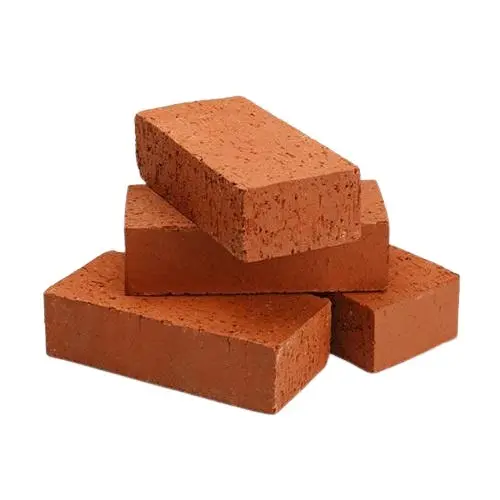
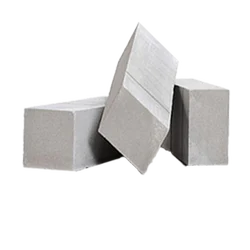
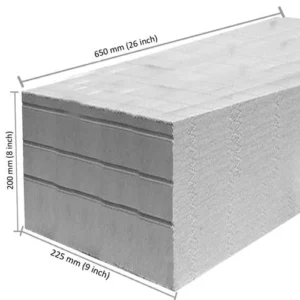
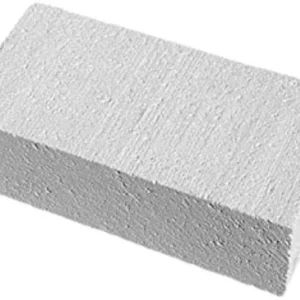
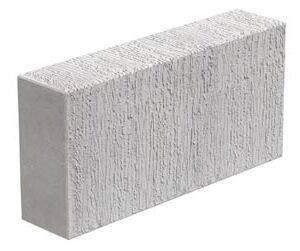
Reviews
There are no reviews yet.